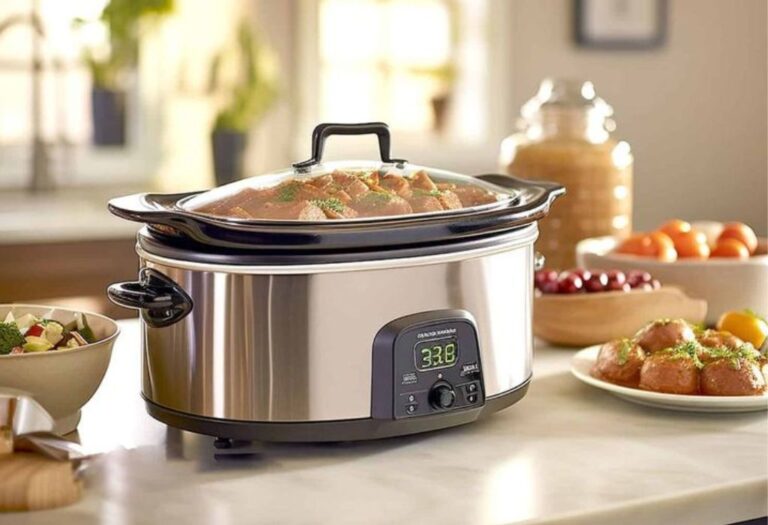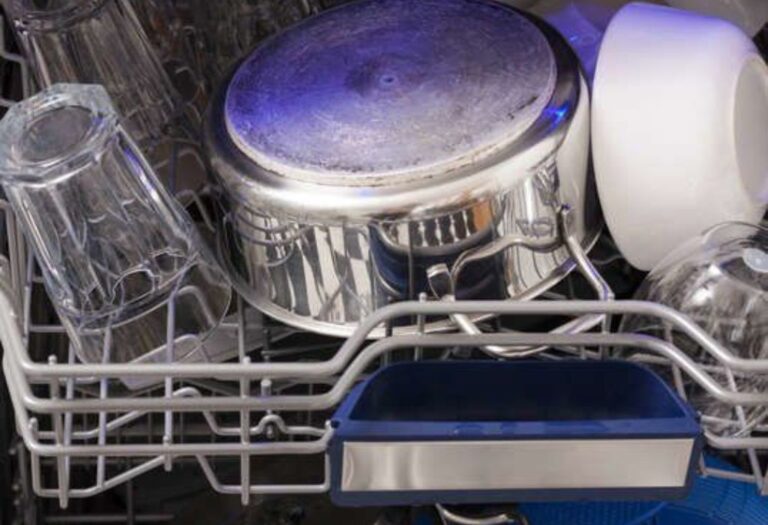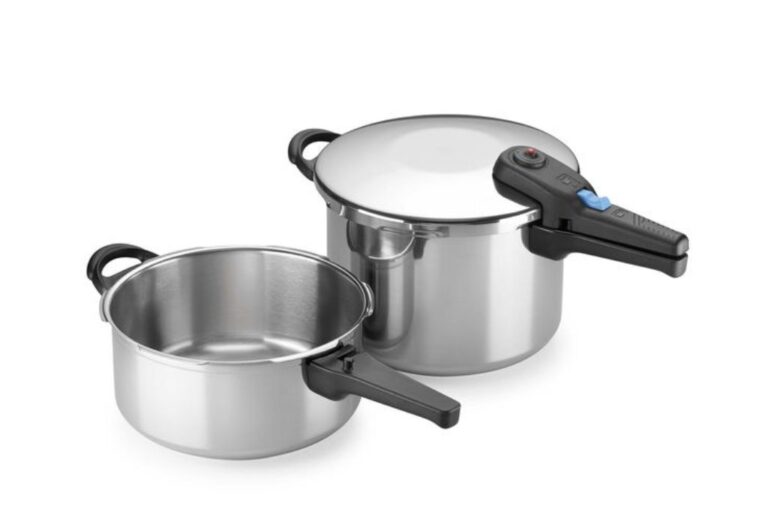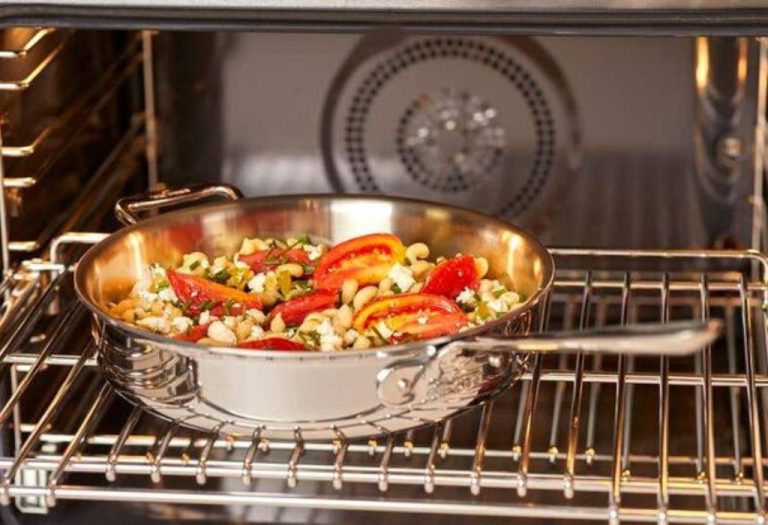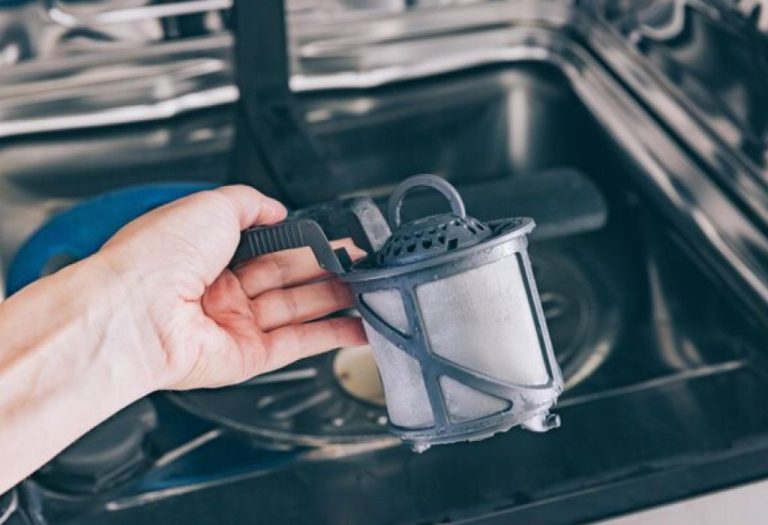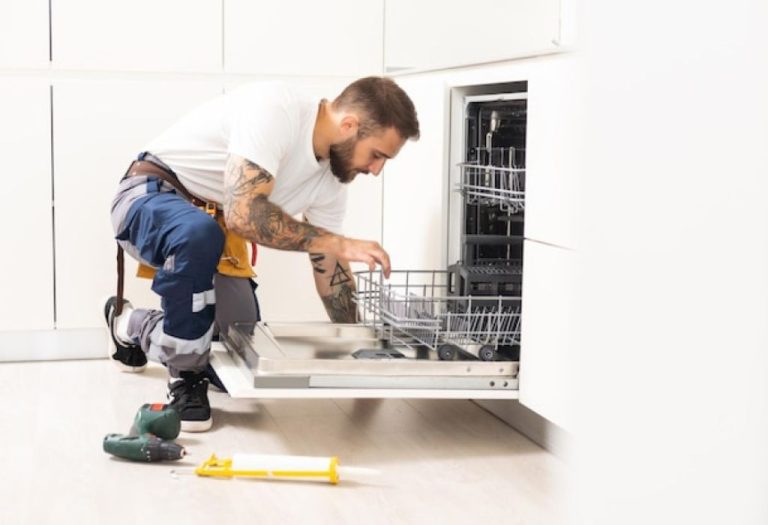The shine of a brand-new ceramic pan often feels like a promise of effortless cooking.
Yet after months of daily use, questions begin to surface: how long does ceramic cookware last before its nonstick magic fades.
The problem is that many buyers assume ceramic pans will last as long as cast iron or stainless steel.
In reality, coatings wear down more quickly, leading to sticking, scratches, and frustration in the kitchen.
Curiosity grows as studies highlight durability concerns.
Experts note that most ceramic-coated cookware only maintains peak performance for about one to three years with regular use (Bob’s Red Mill; LeafScore).
A 2025 industry review also reported that many nonstick pans, including ceramic options, often fail within two years under average household conditions (LeafScore).
This raises concerns about cost, sustainability, and overall value for everyday cooks.
The benefit of clarity is simple.
Understanding how ceramic cookware ages allows buyers to make smarter choices, care for their pans properly, and know exactly when replacement is necessary.
What “Ceramic” Means in Cookware
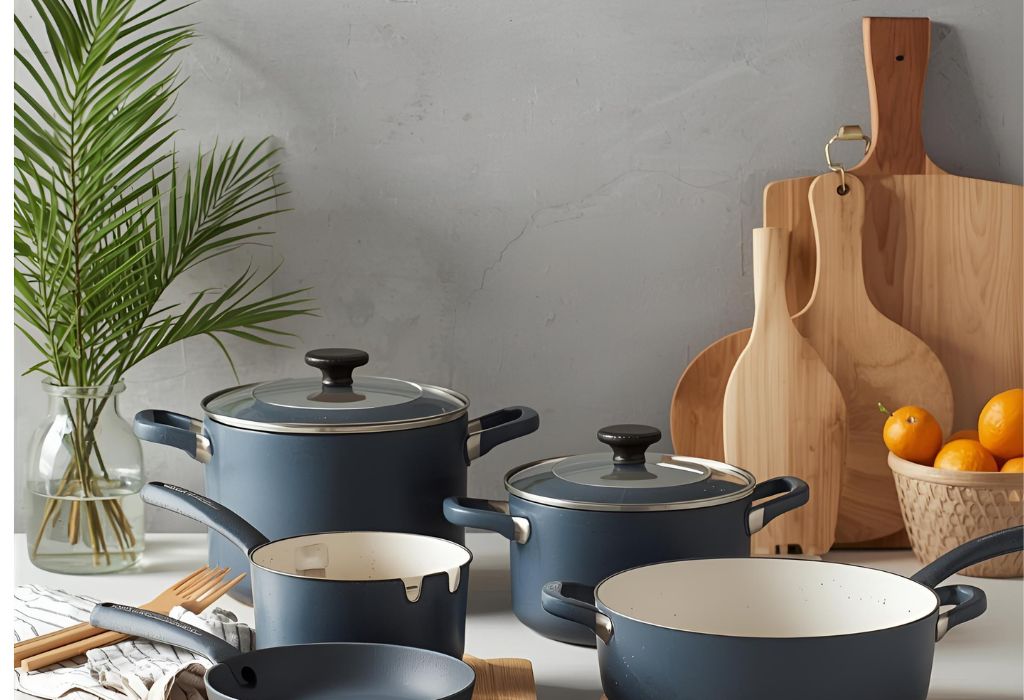
Ceramic cookware is not a single category but a mix of very different products.
Some are made entirely of clay or porcelain enamel, while others are metal pans coated with a ceramic-based sol-gel layer.
The pure ceramic pieces are kiln-fired and can last decades if treated carefully.
Ceramic-coated pans, on the other hand, rely on a thin silica-based layer that provides a nonstick effect but wears down faster.
Marketing often adds to the confusion.
Labels such as “eco-friendly,” “green cookware,” or “toxin-free” sound reassuring, yet they do not always reveal how the cookware is actually made.
Understanding these distinctions is crucial for anyone asking how long does ceramic cookware last.
A pan described as “ceramic” could be either a long-lasting clay pot or a short-lived nonstick skillet.
Q: Is all ceramic cookware the same?
A: No, pure ceramic differs from ceramic-coated metal in both structure and durability.
Q: Does terminology affect how long cookware lasts?
A: Yes, true ceramic can last decades, while coatings often fade within a few years.
Q: Is porcelain enamel the same as ceramic cookware?
A: Porcelain enamel is a ceramic glass coating fused to metal, and it is typically more durable than thin ceramic coatings.
Q: Do “eco” or “green” cookware labels guarantee longevity?
A: No, these are marketing terms and may not reflect the actual lifespan of the cookware.
Q: Which type of ceramic cookware lasts the longest?
A: Pure ceramic and porcelain enamel generally last longer than ceramic-coated nonstick pans.
How Long Does Ceramic Cookware Last on Average
The lifespan of ceramic cookware depends on whether it is fully ceramic or ceramic-coated.
Most ceramic-coated pans used in daily cooking last about one to three years before the coating begins to wear away.
With gentle care and limited use, some high-quality ceramic-coated pans can stretch closer to five years.
In contrast, pure ceramic or porcelain enamel cookware often lasts for decades when handled correctly.
Consumer experts note that frequent overheating, dishwasher use, and metal utensils shorten the life of ceramic-coated cookware.
This is why many households find their pans losing nonstick ability far sooner than expected.
The question of how long does ceramic cookware last cannot be answered with a single number.
It is shaped by the type of ceramic chosen, the brand’s quality, and the care routine followed at home.
Q: Why do many ceramic pans fail within two years?
A: Heat damage, scratching, and harsh cleaning methods wear coatings down quickly.
Q: Can ceramic cookware last longer than Teflon pans?
A: Both can have similar lifespans, but ceramic avoids PFAS, which is a health advantage.
Q: Does using a dishwasher reduce ceramic cookware’s life?
A: Yes, strong detergents and water jets cause coatings to degrade faster.
Q: Is brand reputation a factor in durability?
A: Yes, trusted brands with better coatings and quality control usually last longer.
Q: What is a realistic expectation for daily ceramic-coated use?
A: About one to three years before nonstick performance declines noticeably.
Pure Ceramic and Porcelain Enamel Longevity
Pure ceramic cookware is made entirely from clay and minerals, hardened in kilns at extreme temperatures.
When cared for properly, these pieces can last decades, making them a very different investment compared to ceramic-coated skillets.
Porcelain enamel is another long-lasting option.
It involves fusing a glass-like ceramic layer to a metal base, producing durable cookware that resists rust and can remain in use for many years.
Unlike thin coatings, these materials do not rely on fragile nonstick layers that wear down quickly.
Their primary risk comes from chipping or cracking if dropped or exposed to sudden temperature changes.
For anyone asking how long does ceramic cookware last, the answer is clear.
Pure ceramic and porcelain enamel can outlive coated cookware by decades, provided they are handled with care.
Q: Do pure ceramic pots keep nonstick performance forever?
A: No, they are durable but not as slick as coated nonstick pans, so cooking techniques matter.
Q: Are pure ceramic and porcelain enamel chip-proof?
A: No, they can chip or crack if dropped or exposed to thermal shock.
Q: Does porcelain enamel last longer than ceramic-coated pans?
A: Yes, porcelain enamel usually provides longer service life and better durability.
Q: Can pure ceramic cookware handle higher heat?
A: Yes, pure ceramic generally withstands higher temperatures than thin ceramic coatings.
Q: Is pure ceramic more expensive than coated pans?
A: Often yes, but the longevity and safety benefits justify the cost.
Factors That Shorten or Extend Lifespan
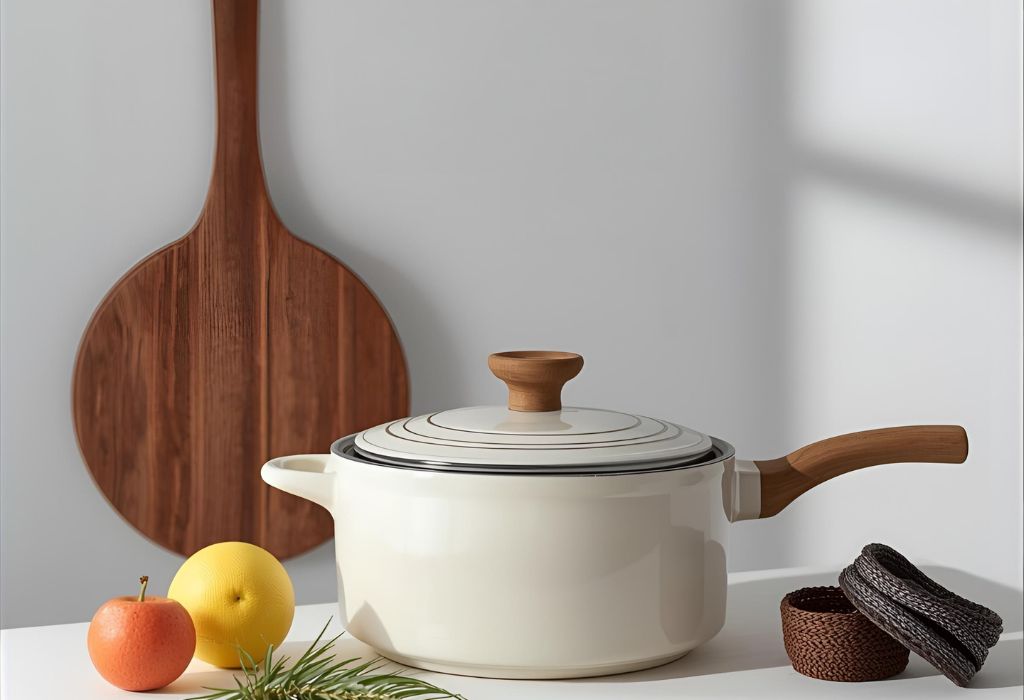
The durability of ceramic cookware is strongly influenced by daily habits.
Overheating is the most common reason coatings fail, as temperatures above 450–500°F quickly weaken the surface.
Dishwashers also shorten the lifespan of ceramic pans.
Strong detergents and high-pressure jets erode the coating, making handwashing with mild soap the safer choice.
Utensil choice plays another key role.
Metal tools create scratches that permanently damage the nonstick surface, while silicone, wood, or nylon utensils help preserve it.
Cooking sprays are another hidden problem.
Residues from aerosol sprays build up and form a sticky layer that reduces the pan’s release quality.
Stacking pans without protection also accelerates wear.
Chips and abrasions from direct contact shorten the time ceramic cookware stays functional.
Q: Is preheating an empty ceramic pan safe?
A: No, empty preheating causes rapid temperature spikes that damage the coating.
Q: Do cooking sprays reduce ceramic lifespan?
A: Yes, sprays leave baked-on residues that compromise the nonstick surface.
Q: Can acidic foods wear down ceramic faster?
A: Extended cooking with acids may stress coatings; stainless steel is safer for long acidic dishes.
Q: Does stacking pans without padding cause damage?
A: Yes, direct contact leads to scratches and chips, reducing durability.
Q: Is oven use safe for ceramic-coated cookware?
A: Only within the manufacturer’s recommended temperature limits to prevent coating breakdown.
Care, Use, and Maintenance to Maximize Lifespan
Proper care can significantly extend how long ceramic cookware lasts.
Using low to medium heat instead of high heat protects the coating from premature wear.
Cooking oils should be added after the pan warms up.
This prevents food from sticking and reduces stress on the nonstick layer.
Handwashing is always recommended.
Mild soap and soft sponges are safer than dishwashers, which erode coatings over time.
Storage also plays a role in durability.
Using felt or cloth protectors between stacked pans helps avoid scratches and chips.
Regular inspection ensures safety and performance.
Once coatings show deep scratches, cracks, or peeling, it is time to replace the pan.
Q: What utensils are safest for ceramic cookware?
A: Silicone, wooden, or nylon utensils prevent scratches on the coating.
Q: How should stuck-on food be cleaned?
A: Soak in warm water and use a soft sponge or baking soda paste for stubborn spots.
Q: Is seasoning needed for ceramic cookware?
A: While not required, lightly rubbing oil can improve release on some ceramic pans.
Q: Can ceramic pans labeled dishwasher-safe go in the dishwasher?
A: Yes, but handwashing is still best for maintaining longevity.
Q: How should ceramic pans be stored?
A: Stack with protective liners or hang individually to avoid surface damage.
Heat Tolerance, Cooking Cycles, and Real-World Use
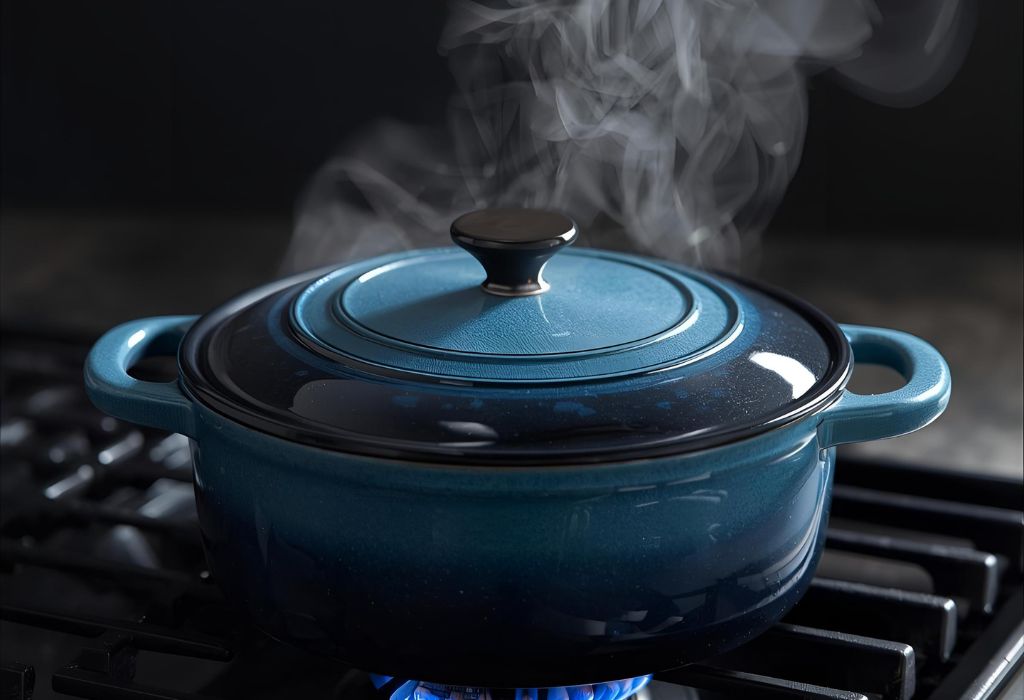
Ceramic cookware is generally rated safe up to 450–500°F, but frequent exposure to higher heat causes coatings to deteriorate faster.
Every cooking cycle gradually wears down the nonstick layer, which explains why heavy daily use shortens its lifespan.
Unlike cast iron or stainless steel, ceramic-coated pans are not ideal for high-heat searing or broiling.
These cooking methods push surfaces beyond their tolerance, leading to cracks, discoloration, or peeling.
Induction cooktops heat pans very quickly.
This rapid rise in temperature can stress ceramic coatings if the heat is not carefully controlled.
Thermal shock is another concern.
Placing a hot ceramic pan under cold water can cause cracks or warping that shorten its service life.
In real-world kitchens, following heat guidelines is the difference between pans lasting two years or closer to five.
Managing temperature and avoiding extreme cooking conditions ensures ceramic cookware performs as intended.
Q: Can ceramic cookware handle high-heat searing?
A: No, it is better suited for low to medium heat cooking.
Q: Is broiling safe with ceramic-coated pans?
A: No, broilers reach extreme heat that damages coatings.
Q: Can ceramic cookware be used on induction stoves?
A: Yes, if the base is induction-compatible, but monitor heat closely.
Q: What is thermal shock in cookware?
A: Sudden temperature changes, like cooling a hot pan under water, which can cause cracks.
Q: How many cooking cycles can ceramic pans typically last?
A: Around 2–3 years of daily use, depending on heat control and care.
Comparing Ceramic to PTFE and Bare Metal
Ceramic cookware and PTFE-based nonstick pans both provide easy food release but share a limited lifespan.
Most last only a few years under daily use, while bare metal like cast iron or carbon steel can last for decades.
Ceramic avoids PFAS chemicals, making it a healthier choice compared to traditional Teflon.
However, ceramic coatings are more prone to wear from heat and scratches.
Cast iron and carbon steel improve with seasoning over time, while ceramic and PTFE cannot be restored once the coating fails.
This makes bare metal more sustainable for long-term cooking.
Stainless steel is another alternative.
It lacks nonstick qualities but offers unmatched durability for searing, simmering, and deglazing.
Q: Which type of cookware lasts the longest?
A: Cast iron, carbon steel, and stainless steel can last a lifetime.
Q: Which is easiest for nonstick cooking today?
A: Fresh ceramic or PTFE coatings provide the best nonstick surface.
Q: Which handles high heat better?
A: Cast iron and carbon steel excel at high-heat searing, while ceramic and PTFE should stay at lower heat.
Q: Which requires the least maintenance?
A: Ceramic and PTFE need little upkeep, but their coatings cannot be repaired.
Q: Which is most cost-effective long term?
A: Bare metal is more cost-effective since it lasts much longer and can be restored.
Signs It’s Time to Replace Ceramic Cookware
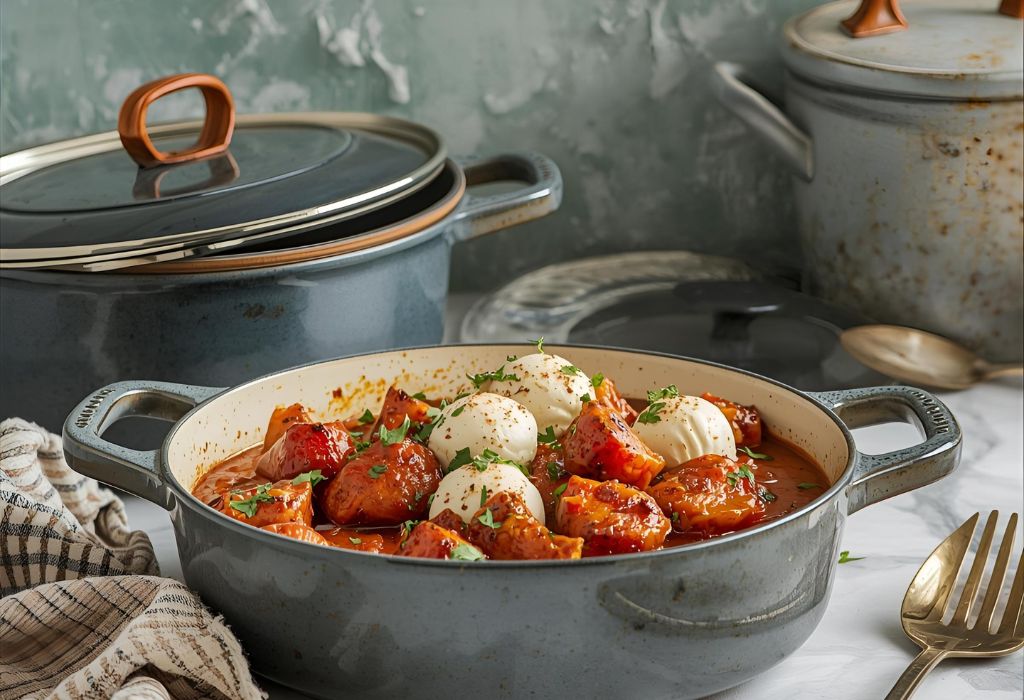
Ceramic cookware shows clear warning signs when it reaches the end of its lifespan.
Food that once slid off easily begins to stick, even with proper preheating and oiling.
Scratches, chips, or peeling are other visible red flags.
These flaws not only reduce performance but may also expose the base material underneath.
Discoloration is another indicator of wear.
While stains alone may not make a pan unsafe, they often signal coating fatigue.
Once the nonstick release is gone, the pan cannot be restored.
At this point, replacing the cookware is the safest and most practical option.
Q: Is one small chip a reason to replace a ceramic pan?
A: Yes, if the chip exposes metal or compromises food safety.
Q: Can nonstick performance be restored on ceramic cookware?
A: No, ceramic coatings cannot be re-seasoned like cast iron.
Q: Are stains always a sign of failure?
A: No, cosmetic stains are harmless if the nonstick surface still works.
Q: How often should ceramic-coated pans be replaced with daily use?
A: Typically every one to three years, depending on care and frequency of use.
Q: Are there recycling options for old ceramic cookware?
A: Yes, some local recycling programs or manufacturer take-back schemes accept old pans.
Sustainability and Cost Considerations
Frequent replacement of ceramic-coated cookware creates both financial and environmental costs.
Short lifespans lead to more waste in landfills and higher spending on new pans every few years.
Pure ceramic and porcelain enamel options are more sustainable choices.
Their durability reduces the need for frequent replacements and lowers long-term costs.
High-quality bare metal cookware like cast iron or stainless steel is also eco-friendly.
These materials can last decades, eliminating the cycle of constant disposal.
Price does not always reflect sustainability.
Some expensive ceramic pans wear out as quickly as budget models if misused.
Making informed choices helps balance budget, safety, and environmental impact.
Selecting cookware that lasts longer reduces waste while saving money in the kitchen.
Q: Is ceramic cookware the most eco-friendly choice?
A: Not if it is replaced often, since short lifespans increase waste.
Q: Do higher-priced ceramic pans last longer?
A: Not always, durability depends more on quality and care than price alone.
Q: Are there truly long-term PFAS-free options?
A: Yes, pure ceramic, porcelain enamel, cast iron, and stainless steel all avoid PFAS.
Q: Can warranty length indicate sustainability?
A: A long warranty may show brand confidence but does not guarantee performance.
Q: How can buyers cut waste with ceramic cookware?
A: Reserve ceramic pans for delicate foods and rely on metal pans for high-heat cooking.
Future Trends in Nonstick Without PFAS
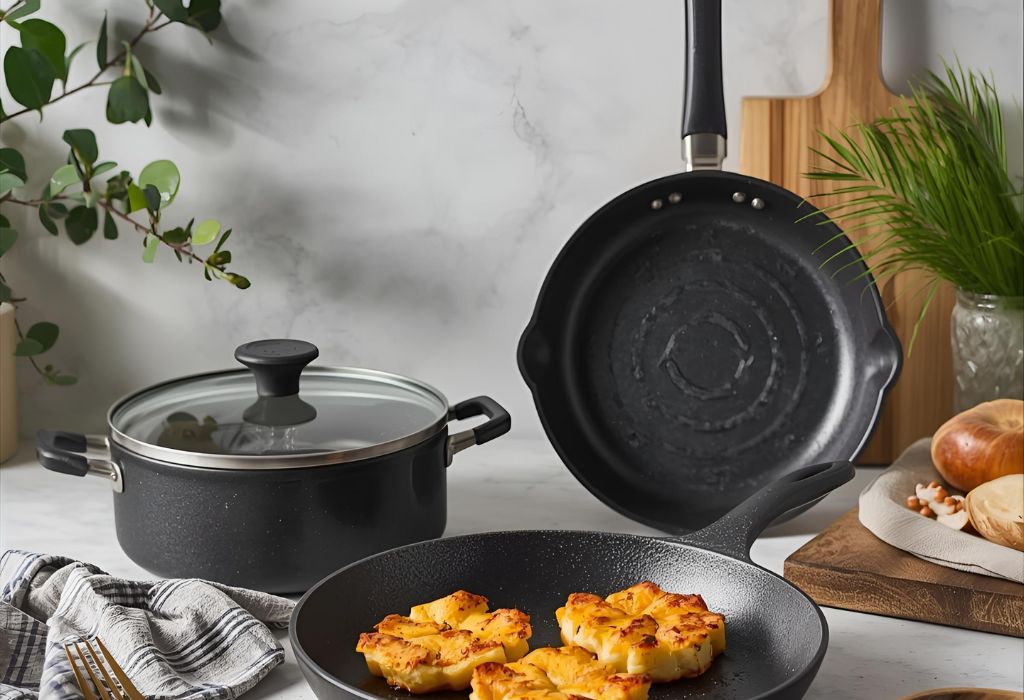
Cookware manufacturers are racing to improve ceramic coatings while eliminating harmful chemicals.
Growing consumer demand for PFAS-free products is pushing brands toward more transparent ingredient lists and safer alternatives.
Advances in sol-gel technology aim to extend the lifespan of ceramic coatings.
Research focuses on improving heat tolerance, reducing surface wear, and making coatings more scratch-resistant.
Regulations are also shaping the market.
Countries in the EU and several U.S. states are phasing out PFAS in food-contact products, forcing innovation across cookware lines.
Eco-conscious buyers are influencing these shifts as well.
Sustainability, durability, and health safety are now as important as cooking performance.
The future of cookware lies in balancing convenience with longevity.
Next-generation nonstick options may finally combine everyday ease with true durability and eco-safety.
Q: Will new ceramic coatings last longer than today’s versions?
A: Likely, as improved sol-gel technology is designed to resist heat and wear more effectively.
Q: Are PFAS replacements guaranteed safe?
A: Not yet, safety depends on long-term independent testing and regulatory approval.
Q: Will oven-safe limits increase with new coatings?
A: Possibly, but extreme heat will still remain a challenge for all nonstick layers.
Q: Are brands becoming more transparent about cookware materials?
A: Yes, many now highlight PFAS-free claims and provide third-party testing.
Q: What trends will drive cookware innovation?
A: Consumer health concerns, environmental impact, and stricter global regulations.
Conclusion
The question of how long does ceramic cookware last does not have a one-size-fits-all answer.
Ceramic-coated pans typically last one to three years under daily use, while pure ceramic and porcelain enamel pieces can endure for decades when cared for properly.
Durability depends on factors such as heat control, utensil choice, cleaning methods, and storage practices.
Avoiding overheating, skipping dishwashers, and using protective liners can significantly extend a pan’s service life.
Comparisons show that ceramic offers a healthier nonstick alternative to PTFE, though bare metal like cast iron and stainless steel remains unmatched for longevity.
Sustainability also comes into play, since short-lived coatings contribute to waste and higher replacement costs.
The future looks promising as cookware brands work on longer-lasting, PFAS-free technologies.
For now, the best strategy is to combine proper care with informed purchasing to maximize both safety and value.
Investing in the right cookware today ensures better cooking performance tomorrow.
It also provides peace of mind, knowing meals are prepared with safe, durable, and reliable tools in the kitchen.
I’m Emma J. Caldwell, the founder, lead writer, and home-cooking enthusiast behind KitchenGuideCo.com. With a background in culinary arts and over a decade of cooking experience in both professional and personal kitchens, I created this platform to demystify recipes, offer smart kitchen gadget reviews, and guide readers through meal prep with confidence and clarity.

